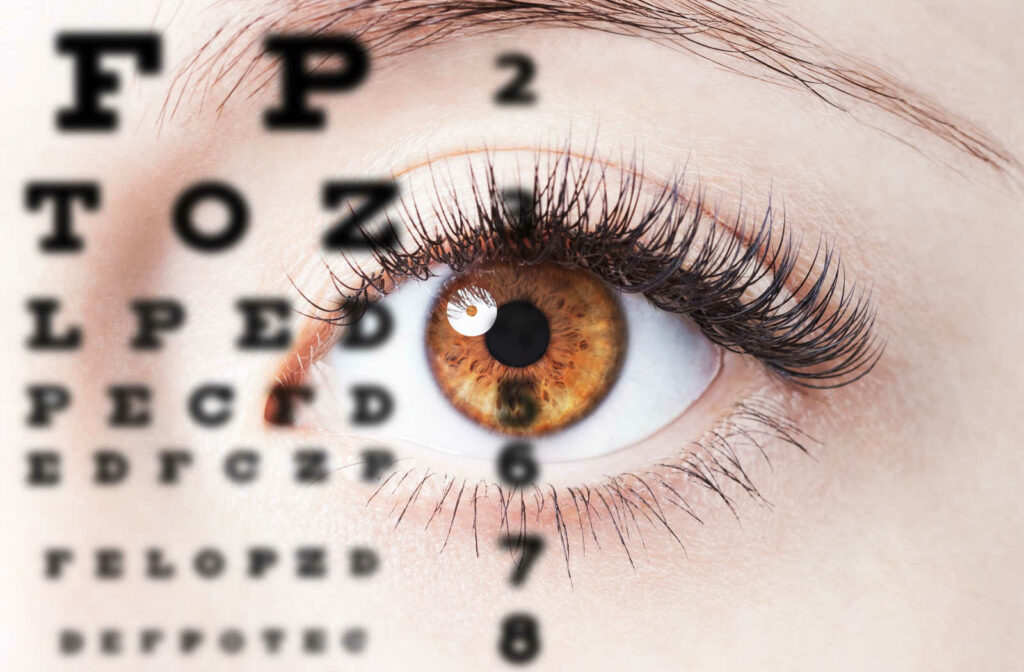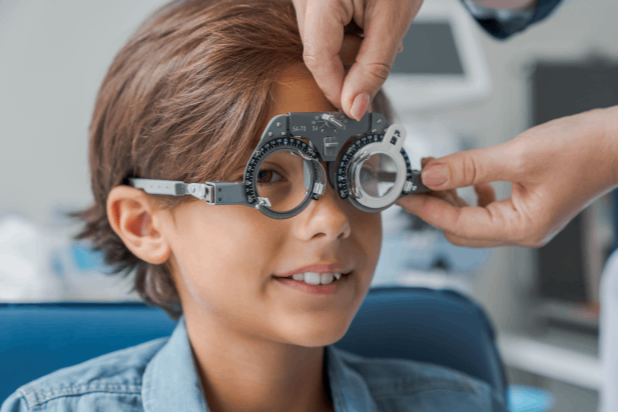All Categories
Featured
Reduced vision, a condition where standard glasses, call lenses, or surgery can not completely bring back view, can make everyday activities challenging. Luckily, reduced vision recovery uses a series of sources to help people keep their independence and high quality of life. This write-up discovers the choices available for those looking for assistance in handling their visual disabilities.
What Is Low Vision Rehab?
Reduced vision rehabilitation is a structured method to help people maximize their remaining vision and adjust to new means of doing day-to-day jobs. Professionals collaborate with clients to create individualized strategies, including tools, techniques, and training programs that suit their special demands.
![]()
Trick Options for Reduced Vision Rehab
Vision Enhancing Devices
Optical Aids: Devices like magnifiers, telescopic glasses, and unique analysis lenses can boost clarity for reading, composing, and various other close-up tasks.
Digital Aesthetic Aids: Devices such as electronic magnifiers and portable video clip magnifiers offer adjustable zoom abilities for various jobs.
Wearable Innovation: Smart glasses outfitted with cams and voice comments deal cutting-edge options for enhancing vision.
![]()
Assistive Technology
Screen readers, text-to-speech applications, and tools with voice commands make technology accessible for individuals with low vision.
Mobile phone applications, such as navigating aids and object acknowledgment tools, assistance customers engage with their environments more successfully.
Training and Therapy
Alignment and Flexibility Training: Specialists teach skills for browsing spaces securely, including using white walking canes or guide dogs.
Daily Living Abilities Educating: Rehabilitation programs supply strategies for cooking, cleaning, and personal care, ensuring that people can execute crucial tasks individually.
Aesthetic Abilities Training: Workouts made to maximize making use of remaining peripheral vision can boost aesthetic capability.
Ecological Adaptations
Modifications to living or workspaces can considerably enhance access. Examples consist of:
Installing brighter lights.
Including high-contrast markings to appliances.
Setting up furnishings to develop clear paths.
Support Networks
Emotional and mental support is an essential part of recovery. Assistance teams, treatment sessions, and counseling solutions can aid people manage the difficulties of vision loss.
![]()
Peer networks link individuals with similar experiences, cultivating a sense of area and shared knowing.
Exactly How to Gain Access To Reduced Vision Rehabilitation Services
Reduced vision rehabilitation solutions are commonly offered by:
Reduced Vision Clinics: Run by eye doctors and ophthalmologists focusing on vision problems.
Physical Therapists: Experts in adjusting environments and jobs to match private requirements.
Not-for-profit Organizations: Groups such as the American Structure for the Blind (AFB) or neighborhood blindness assistance organizations offer valuable resources and recommendations.
Conclusion
Low vision recovery provides a variety of resources tailored to enhance functionality, increase confidence, and enhance top quality of life. If you or an enjoyed one is dealing with the challenges of low vision, think about getting to out to a professional or rehab facility to explore the numerous alternatives offered.
What Is Low Vision Rehab?
Reduced vision rehabilitation is a structured method to help people maximize their remaining vision and adjust to new means of doing day-to-day jobs. Professionals collaborate with clients to create individualized strategies, including tools, techniques, and training programs that suit their special demands.

Trick Options for Reduced Vision Rehab
Vision Enhancing Devices
Optical Aids: Devices like magnifiers, telescopic glasses, and unique analysis lenses can boost clarity for reading, composing, and various other close-up tasks.
Digital Aesthetic Aids: Devices such as electronic magnifiers and portable video clip magnifiers offer adjustable zoom abilities for various jobs.
Wearable Innovation: Smart glasses outfitted with cams and voice comments deal cutting-edge options for enhancing vision.

Assistive Technology
Screen readers, text-to-speech applications, and tools with voice commands make technology accessible for individuals with low vision.
Mobile phone applications, such as navigating aids and object acknowledgment tools, assistance customers engage with their environments more successfully.
Training and Therapy
Alignment and Flexibility Training: Specialists teach skills for browsing spaces securely, including using white walking canes or guide dogs.
Daily Living Abilities Educating: Rehabilitation programs supply strategies for cooking, cleaning, and personal care, ensuring that people can execute crucial tasks individually.
Aesthetic Abilities Training: Workouts made to maximize making use of remaining peripheral vision can boost aesthetic capability.
Ecological Adaptations
Modifications to living or workspaces can considerably enhance access. Examples consist of:
Installing brighter lights.
Including high-contrast markings to appliances.
Setting up furnishings to develop clear paths.
Support Networks
Emotional and mental support is an essential part of recovery. Assistance teams, treatment sessions, and counseling solutions can aid people manage the difficulties of vision loss.

Peer networks link individuals with similar experiences, cultivating a sense of area and shared knowing.
Exactly How to Gain Access To Reduced Vision Rehabilitation Services
Reduced vision rehabilitation solutions are commonly offered by:
Reduced Vision Clinics: Run by eye doctors and ophthalmologists focusing on vision problems.
Physical Therapists: Experts in adjusting environments and jobs to match private requirements.
Not-for-profit Organizations: Groups such as the American Structure for the Blind (AFB) or neighborhood blindness assistance organizations offer valuable resources and recommendations.
Conclusion
Low vision recovery provides a variety of resources tailored to enhance functionality, increase confidence, and enhance top quality of life. If you or an enjoyed one is dealing with the challenges of low vision, think about getting to out to a professional or rehab facility to explore the numerous alternatives offered.
Latest Posts
Transform Your Home with High Quality Flooring Solutions
Published Apr 10, 25
1 min read
Comprehensive Defense for Your Comfort
Published Apr 10, 25
1 min read
Teen Self-reliance Account: A Smart Begin to Financial Self-reliance
Published Apr 10, 25
1 min read